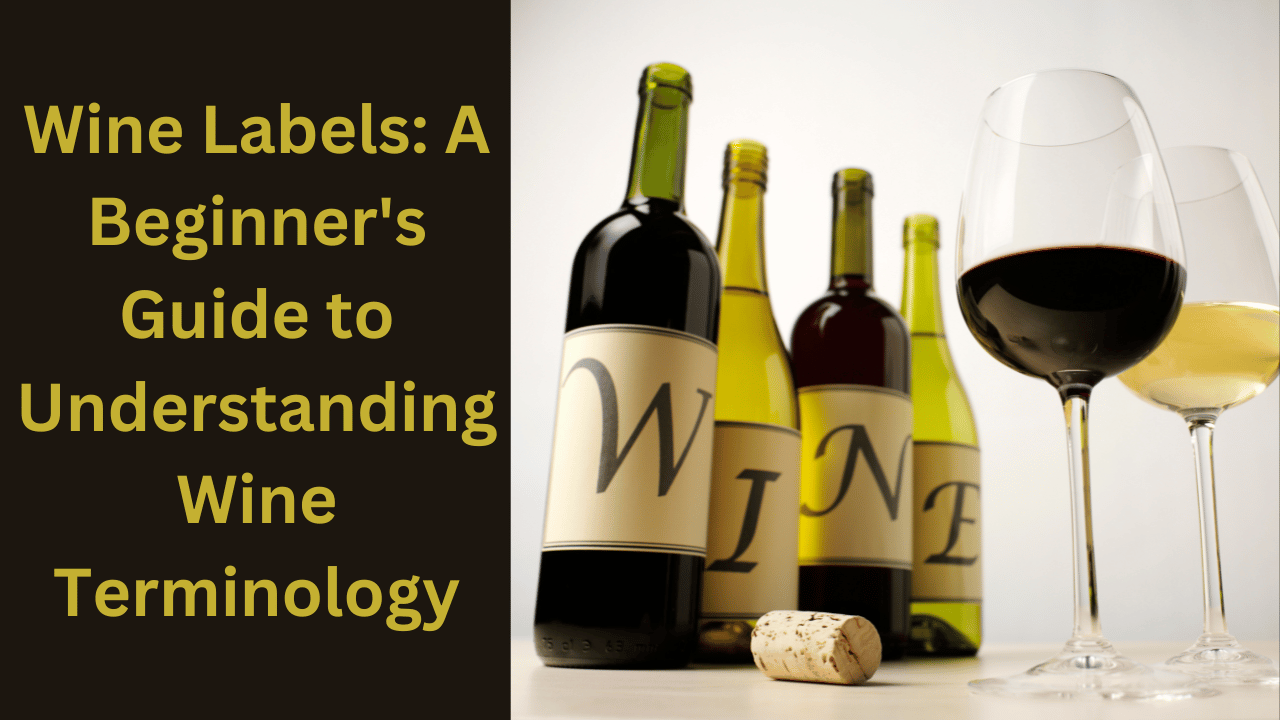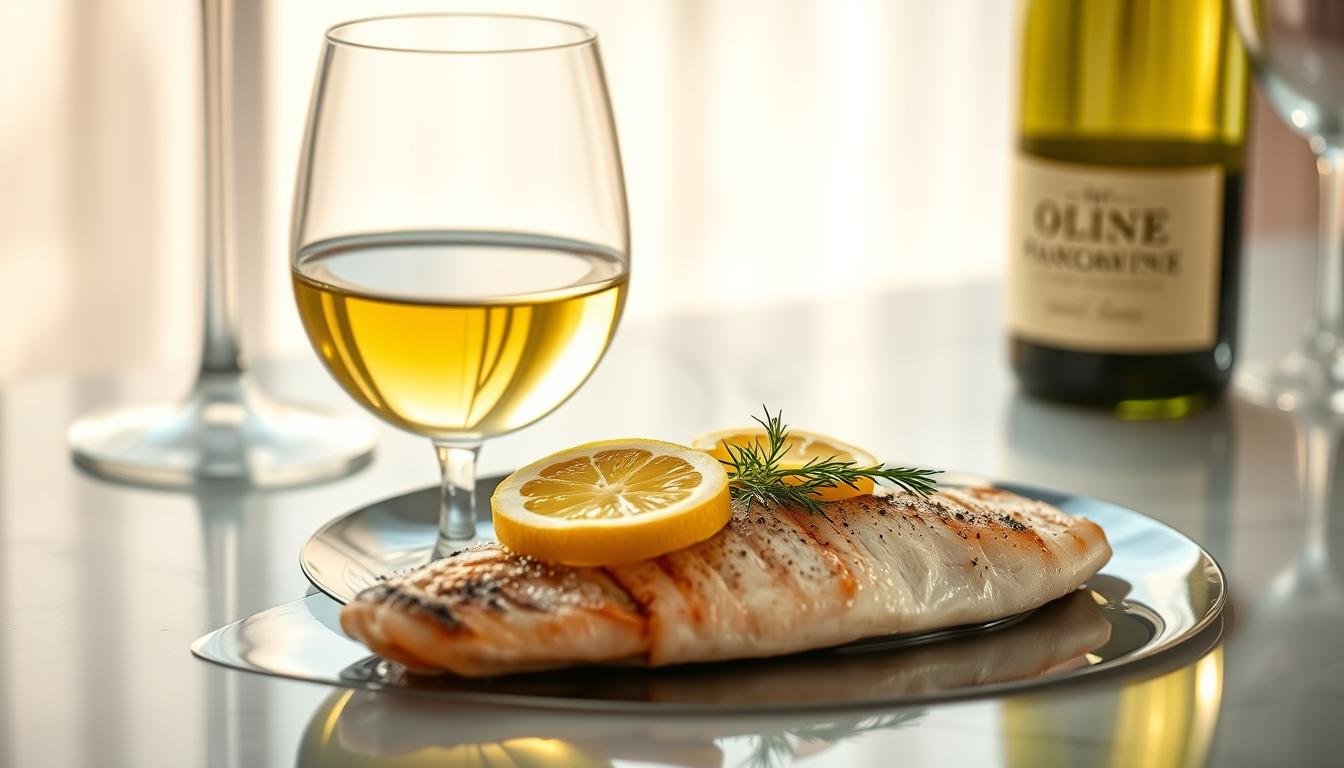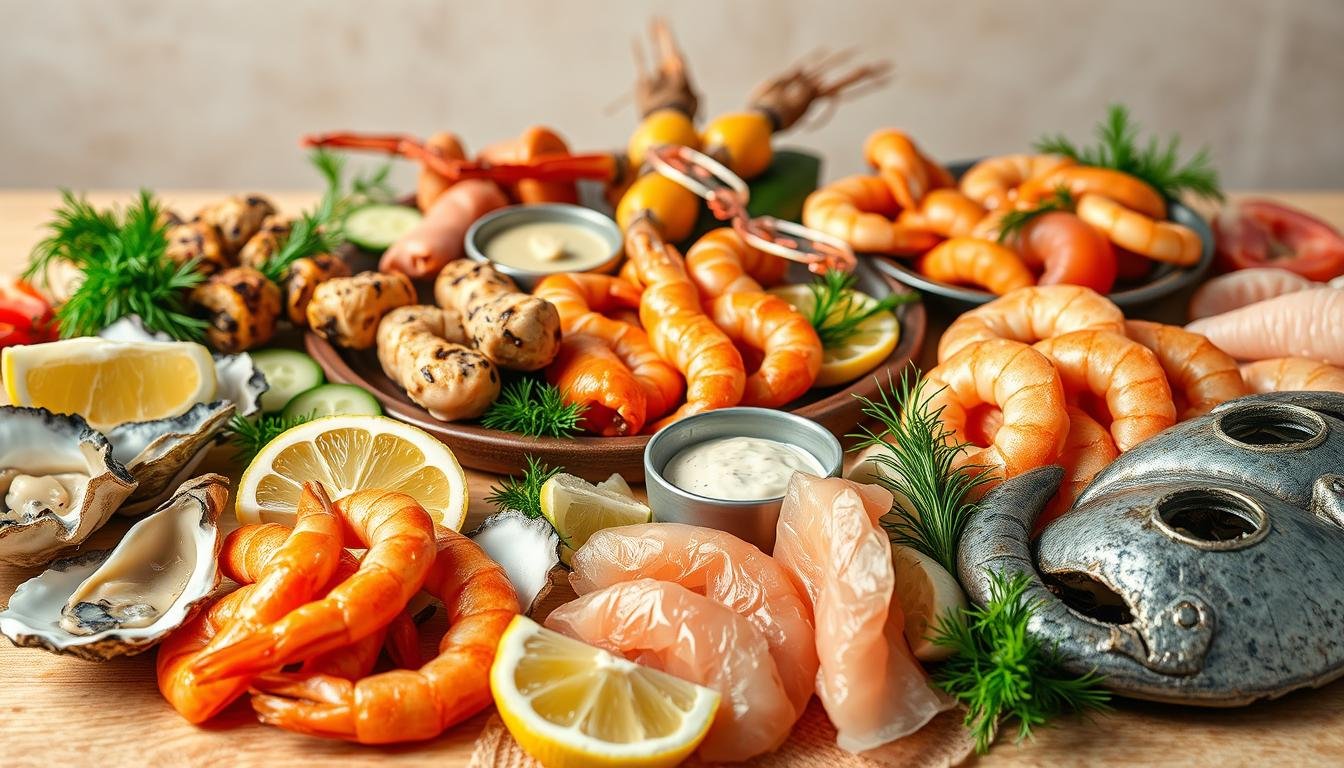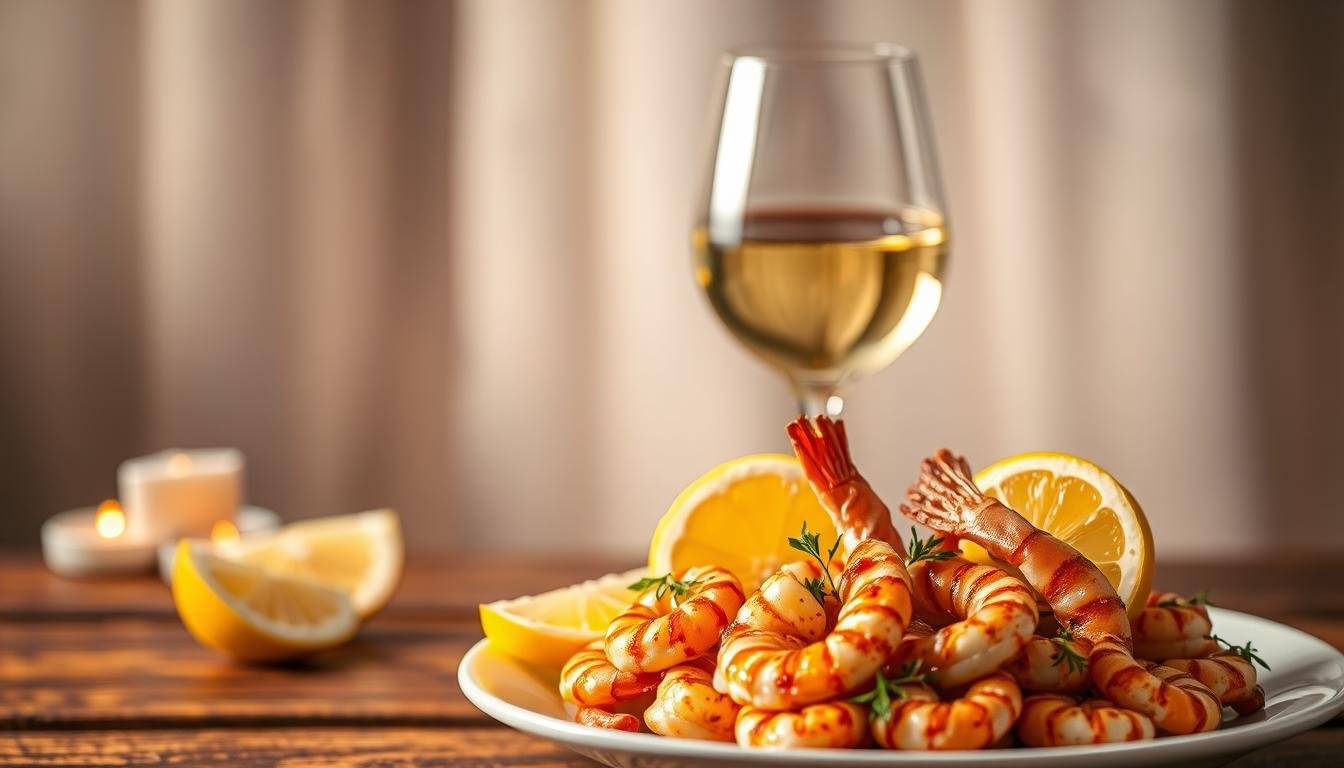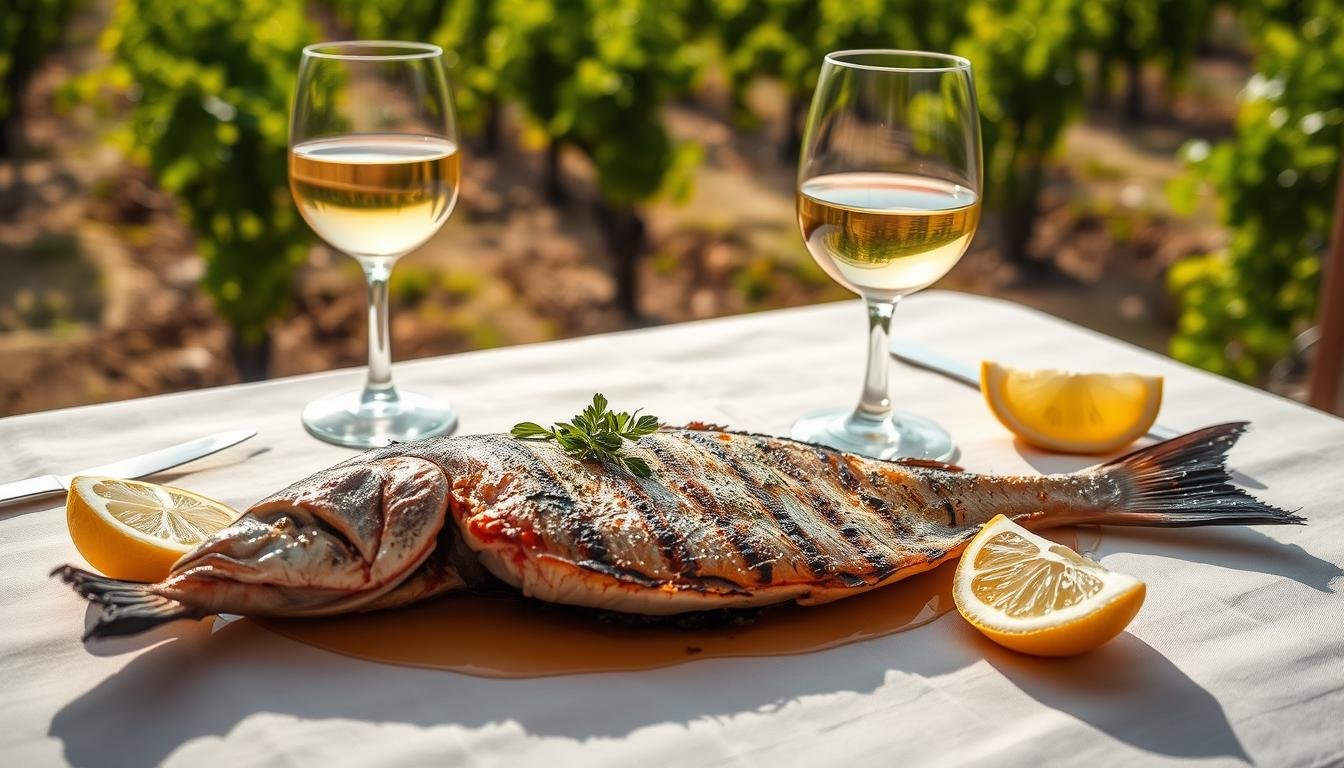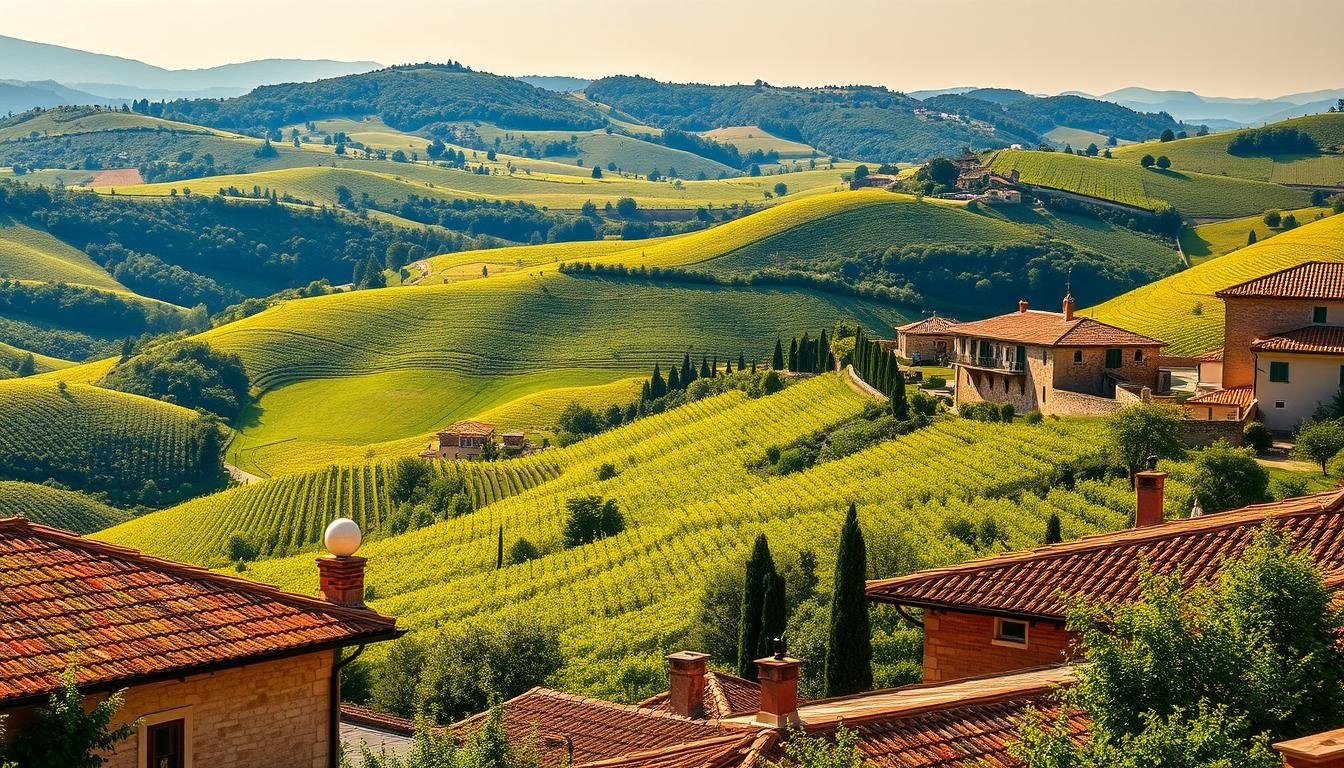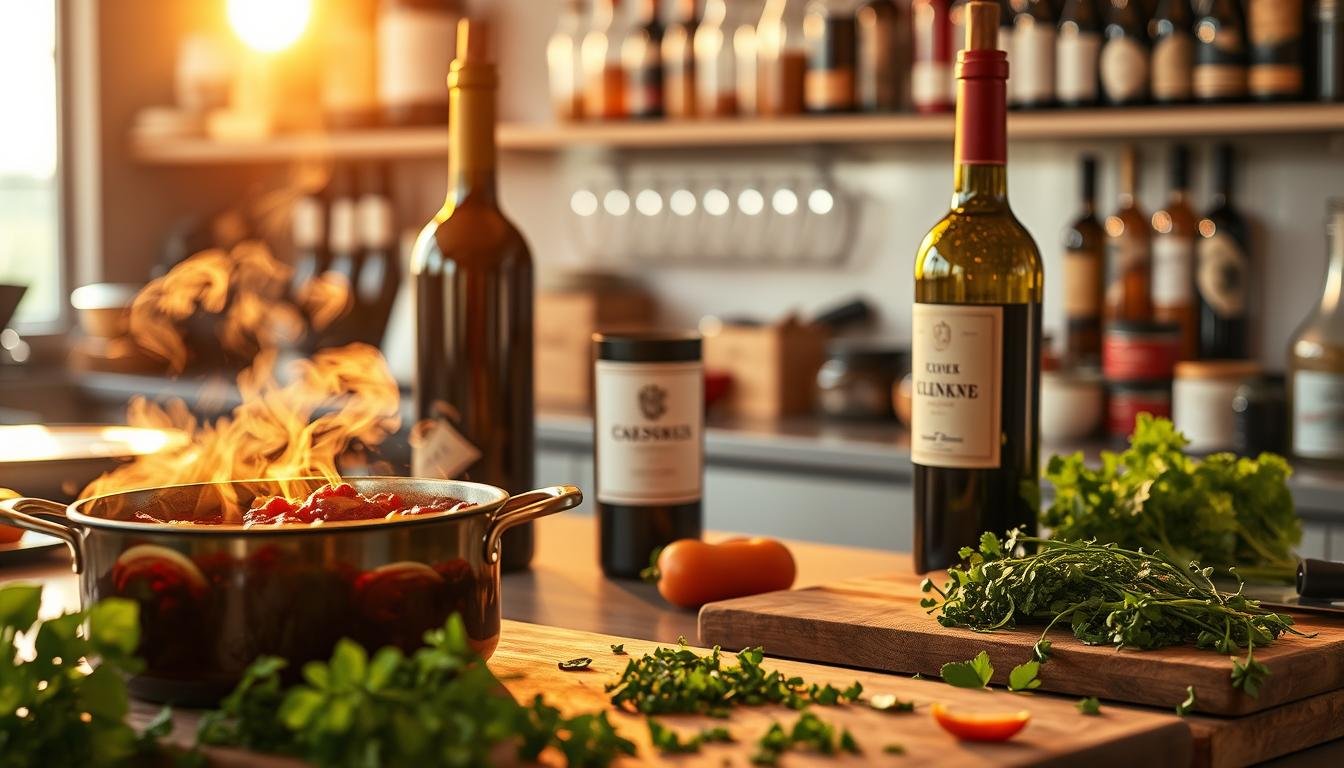Hey there, fellow wine lovers! If you’ve ever stood in front of a wall of wine bottles, scratching your head trying to figure out what all those fancy words on the labels mean, you’re not alone.
It’s like trying to crack a secret code sometimes! But fear not, because today we’re going to demystify the language of wine labels together.
So, grab a glass of your favorite vino, kick back, and let’s dive into the wonderful world of wine terminology.
1. Varietal:
This is just a fancy way of saying the type of grape used to make the wine. You might see labels like “Chardonnay” or “Merlot” – these are all different grape varieties.

Think of them as the building blocks of your wine. Each grape variety brings its own unique flavor profile to the mix, so it’s like each bottle has its own little personality.
For example, Chardonnay grapes are known for their buttery texture and notes of citrus and apple, while Merlot grapes tend to produce wines that are smooth and fruity with hints of plum and cherry. So, next time you’re browsing the wine aisle, pay attention to the varietal – it could lead you to your new favorite bottle!
2. Vintage:
No, we’re not talking about your grandma’s old dress here. The vintage simply refers to the year the grapes were harvested to make the wine. Some years are better for grape-growing than others, depending on factors like weather conditions and soil quality.
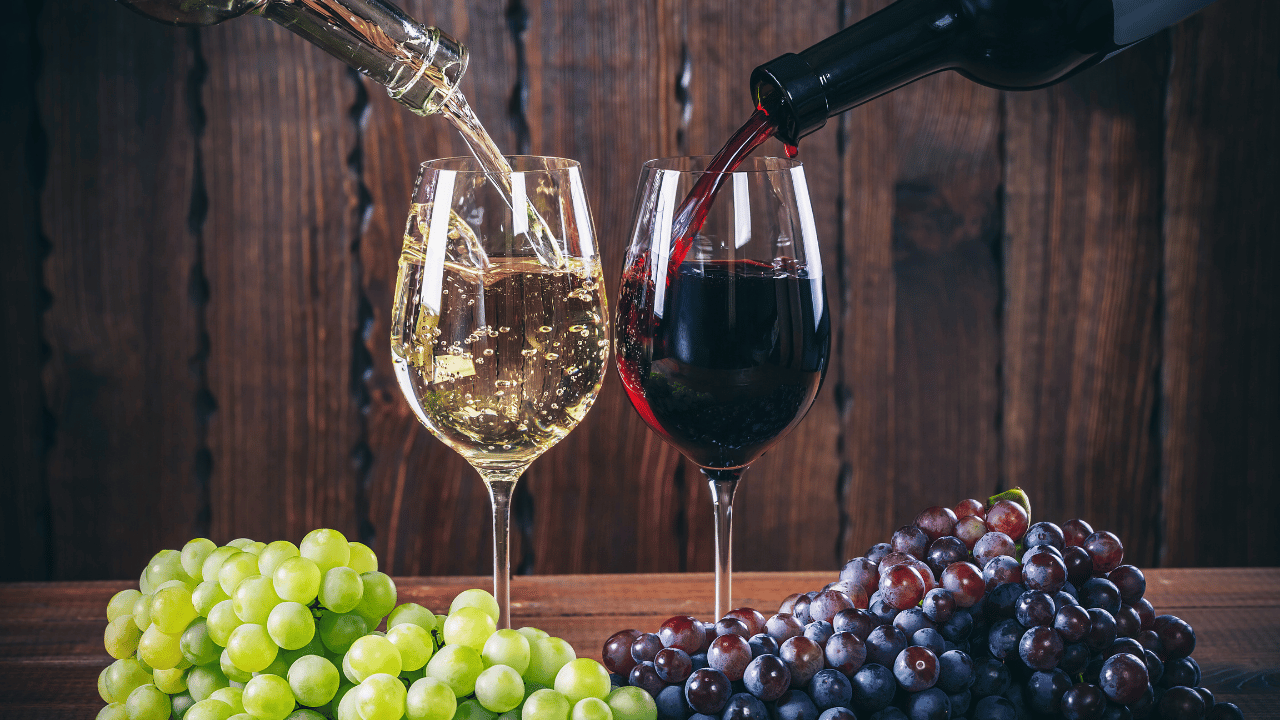
For example, a hot, dry summer might produce grapes that are more concentrated in flavor, resulting in a bold, intense wine. On the other hand, a cooler, wetter year might produce grapes that are more delicate and subtle in flavor. So, knowing the vintage can give you a clue about what to expect from the wine in your glass.
3. Appellation:
This word sounds super official, but it’s really just the fancy term for the region where the grapes were grown. Different regions have different climates and soil types, which can affect the taste of the wine. So, when you see “Napa Valley” or “Bordeaux” on a label, it’s like taking a little trip around the world without leaving your couch.

For example, wines from the Napa Valley region of California are known for their bold, fruit-forward flavors and velvety texture, thanks to the warm, sunny climate and well-drained soils.
Meanwhile, wines from the Bordeaux region of France are often more structured and complex, with flavors ranging from dark fruits to earthy notes, thanks to the region’s maritime climate and gravelly soils.
4. Alcohol by Volume (ABV):
This one’s pretty straightforward – it tells you how much alcohol is in the wine. The higher the ABV, the stronger the wine. Just be careful not to overindulge, unless you want to wake up with a headache the next day!
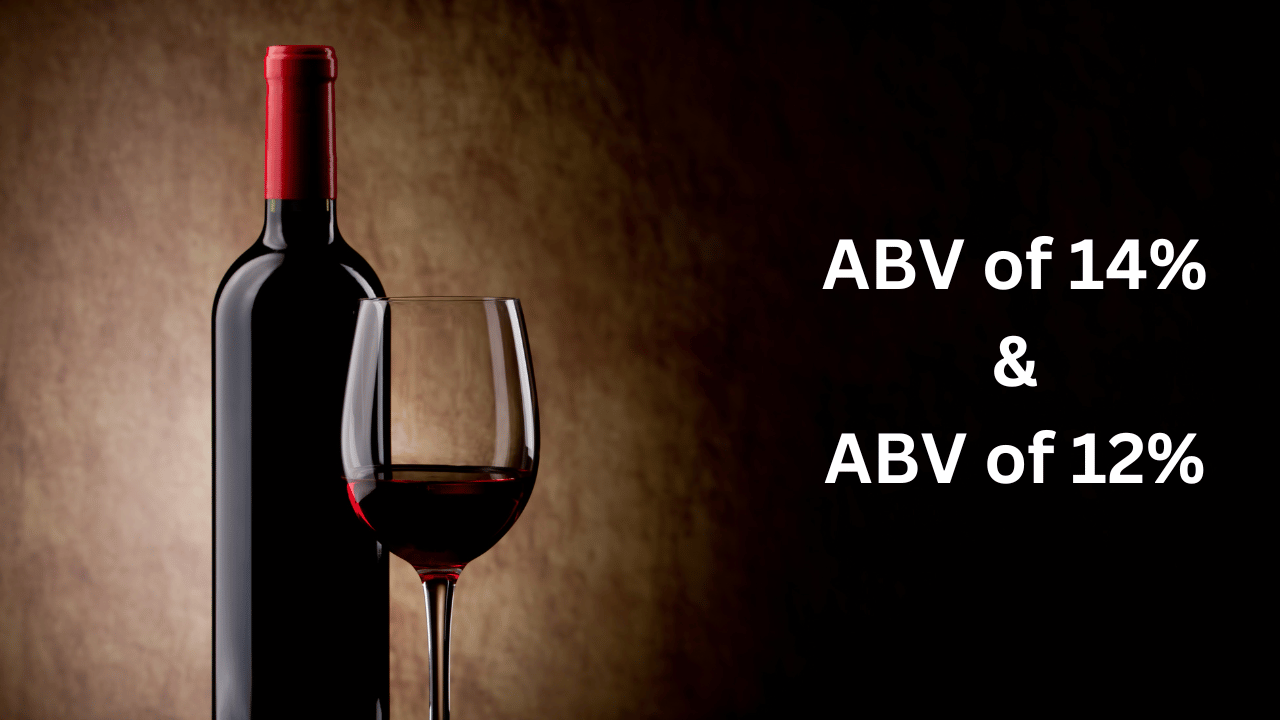
For example, a wine with an ABV of 14% will have more alcohol than a wine with an ABV of 12%. So, if you’re looking for something light and easy-drinking, opt for a wine with a lower ABV. But if you’re in the mood for something with a bit more kick, go for a wine with a higher ABV – just remember to pace yourself!
5. Reserve:
Ah, the mysterious “reserve” label. Contrary to popular belief, this doesn’t always mean the wine is fancy or expensive. In some cases, it just means the wine was aged for a longer period of time before bottling. This extra aging can help mellow out the flavors and add complexity to the wine.

For example, a reserve wine might spend a few extra months or even years in oak barrels, where it can pick up flavors like vanilla and spice from the wood. This aging process can also help soften the wine’s tannins, making it smoother and more enjoyable to drink. So, don’t judge a wine by its reserve label – give it a taste and see for yourself!
6. Tasting Notes:
Ever wonder what those flowery descriptions on the back of the bottle are all about? That’s the tasting notes, my friend. They’re basically just a fancy way of saying what the wine tastes like. You might see words like “fruity,” “earthy,” or “oaky” – just remember, everyone’s palate is different, so don’t be afraid to trust your own taste buds.
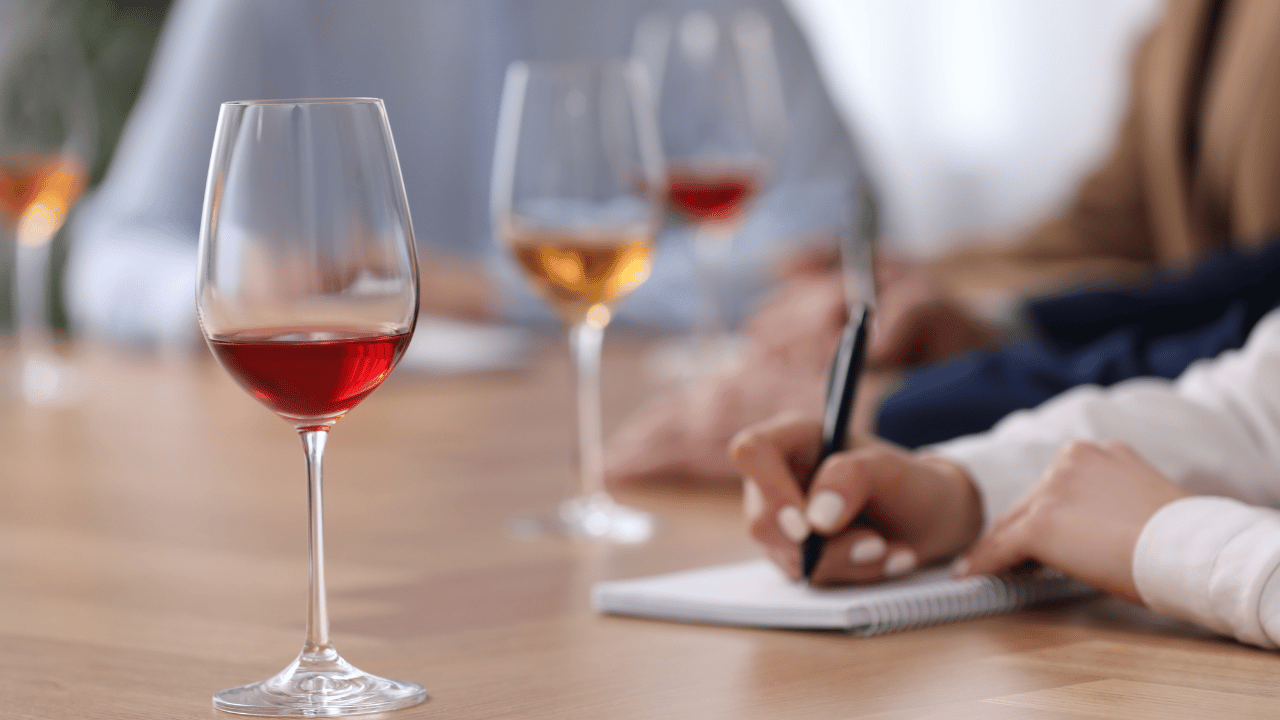
For example, a Chardonnay might be described as “buttery” with hints of “tropical fruit,” while a Cabernet Sauvignon might be described as “bold” with notes of “blackcurrant” and “cedar.” These tasting notes can give you a sense of what to expect from the wine before you take that first sip, but ultimately, the best way to know if you like a wine is to try it for yourself!
7. Sommelier:
Pronounced suh-muhl-YAY (yeah, it’s a mouthful), a sommelier is like a wine expert on steroids. These folks know everything there is to know about wine – from how it’s made to which foods pair best with it. So, if you ever need wine advice, seek out a sommelier and prepare to be amazed.
For example, a sommelier can help you navigate a restaurant wine list, recommend the perfect bottle for a special occasion, or even host a wine tasting event in your own home. They’re like your wine-loving best friend, always ready to help you discover your next favorite bottle. So, don’t be shy – ask a sommelier for help the next time you’re in need of wine guidance!
Now that you’re armed with some wine label knowledge, you’ll never have to feel intimidated by those fancy bottles again. So go ahead, explore, experiment, and most importantly, enjoy every sip. Cheers to you, wine aficionado!

